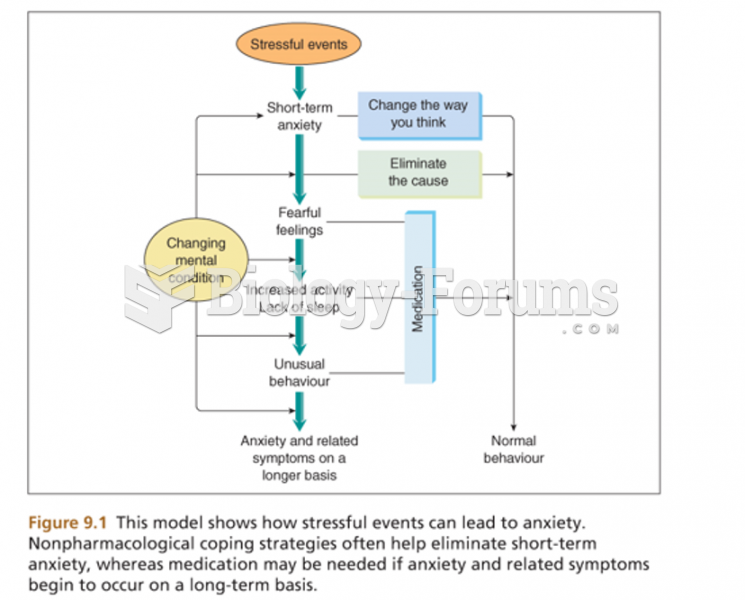Answer to Question 1
An ideal response would be:
Emergency management is often divided into four stepsreadiness, response, recovery, and remediation. State and local government is involved in all four of these.
Readiness involves prepositioning supplies and equipment and making sure that first responders are trained in what to do when an emergency occurs.
Response involves getting the right people to the site in question as quickly as possible. Sometimes this is the most important step.
Recovery involves everything that occurs immediately after an emergency event the cleanup of debris, restoration of traffic patterns, initial stabilization of damaged infrastructure, and so on.
Finally, remediation involves changing the design of communities and buildings to make them less vulnerable to future incidents.
Answer to Question 2
An ideal response would be:
The most common method of ensuring orderly growth is zoningcreating specific areas and limiting property usage in each area. A community may be divided into designated areas for single-family, two-family, or multi-family dwellings; for commercial purposes; and for light or heavy industry. Regulations restrict the height of buildings or require that buildings be located a certain distance apart or a certain distance from the boundaries of the lot.
Zoning regulations help the city or county government coordinate services with land use. Zoning laws also help stabilize property values by preventing, for example, garbage dumps from being located next to residential areas. Day-to-day enforcement is usually the responsibility of a building inspector who ensures that a projected construction project is consistent with building, zoning, fire, and sanitary regulations before granting a building permit. A zoning ordinance, however, is no better than its enforcement.
In most cases, a zoning or planning commission or the city council can amend ordinances and make exceptions to regulations, and these officials are often under tremendous pressure to grant exceptions. But if they go too far in permitting special cases, the whole purpose of zoning is defeated.
Zoning is only one kind of community planning. Until recently, city planners were primarily concerned with streets and buildings. Today, most are also concerned with the quality of life.
Answer to Question 3
An ideal response would be:
State colleges and universities are governed by boards appointed by the governor in some states and elected by the voters in others. These boards are designed to give public institutions of higher education some independence from state politics.
With approximately 80 percent of the more than 15 million college students now attending publicly supported institutions, the control and support of higher education have become significant political issues. States have created boards with varying degrees of control over operations and budgets. In addition, governors have tried to impose controls on universities and colleges that many university administrators insist are inappropriate. Yet institutions of higher education have greater independence from political oversight than other tax-supported institutions.
Publicly funded colleges and universities usually can control teaching loads, internal procedures, areas of teaching emphasis, hiring and promotion, and the allocation of funds among internal units.







